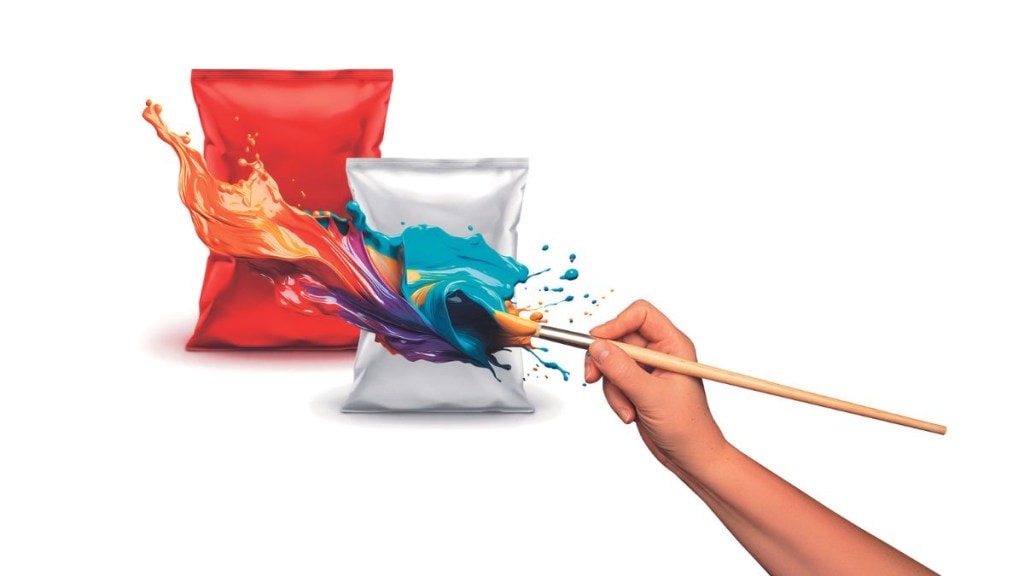Forget airbrushed models and catchy slogans, the next big change you will notice in packaged foods would be bigger and bolder declarations – of sugar, salt, and saturated fat content. The FSSAI’s new proposal regarding bolder label declarations promises to shake things up, nudging Indians to think twice before pairing their evening teas with sugary biscuits or salt-loaded bhujias. “The amendment aims to empower consumers to better understand the nutritional value of the product they are consuming and make healthier decisions,” the regulator said. “It will go a long way in enhancing transparency and consumer trust,” says Shreeram Bagla, MD of Fryums maker Annapurna Swadisht. Adds Shammi Agarwal, director, Pansari Group,”Ever since the pandemic, people’s preferences have shifted toward health-conscious foods, therefore, food companies need to accept this change by differentiating their products.” A spokesperson for Tata Consumer Products also says that the company believes the step is in the right direction.Currently, deciphering the nutritional value of a food item from its packaging can feel like navigating a labyrinth. Functional nutritionist, CEO and founder of iThrive Mugdha Pradhan explains: “The ingredients list can be difficult to follow since it includes a lot of industrial names. This is by design — food manufacturers employ aliases to disguise harmful content. There is an endless list of names and forms refined sugar can appear as — such as “invert syrup”, “corn syrup” and “barley malt”. Refined seed oils are called “vegetable oils” to appear healthy.”
So for the over 73% of Indians (as per Farmley’s research) who are used to reading ingredient lists and nutritional values, the new regulation —which will come into effect from January 1, 2025 — will make it easier to sort food items from grocery shelves, especially if they are looking to avoid certain ingredients. The industry is bracing for the impact, with some players noting that the new rules would straightaway lead to an increase in costs — to redesign the packaging and to reformulate some items with healthier ingredients. “This will be a big churn for big brands,” says Ajimon Francis, MD, Brand Finance India.
Vikram Agarwal, managing director of Greendot Health Foods, which sells Cornitos, explains the steps every marketer has to go through now: “Updating packaging, potentially revising product formulas, and showcasing accurate nutritional information will be part of this process.” The move will impact brands’ bottom lines as the cost of production and procurement will be affected too. Since packaging materials would also need to be changed, existing design might need to be junked or phased out, which has cost implications, adds Francis.
What about the consumers? “This will impact the customer experience in terms of taste. Newer recipes will be more in line with restrictions at a global food standards level, which is good for consumers,” says Francis. The move will impact MRPs too as some brands will pass on the cost increase to consumers. He expects some pushback from consumers to the new prices and changes in taste.
Shaking things up
For the design industry though, this is a great time. “All major brands will have to rework their artworks and master designs. Every mould maker/packaging design maker and packaging producer will be happy,” says Francis.
But changing product packaging would be 25% of the cost they will incur now. Reformulation of products would entail a bigger initial investment, says Manish Aggarwal, director, Bikano, Bikanervala Foods. He also sees the new regulation as a catalyst for innovation within the food industry. Manufacturers will be encouraged to explore and incorporate healthier alternatives like natural sweeteners, low-sodium salts, and healthier fats.
The potential for reformulation isn’t the only wrinkle in the plan. Industry insiders warn that the new rules might disproportionately impact smaller players. “For small enterprises,” says Yash Parashar, founder & CEO of Mama Nourish, which makes the popular Laddubar snacks, “the financial and technological hurdles could be significant compared to larger brands.”
Bikano’s Aggarwal says there are logistical challenges to consider as well. Businesses will need to manage the transition to new labels seamlessly to avoid disrupting their supply chain and inventory management. “There is also the risk of non-compliance during the initial phase of the transition, which could lead to regulatory penalties. Moreover, smaller companies might struggle with the technical aspects of accurately calculating and displaying the required nutritional information, necessitating investment in new tools or expert consultations,” he adds.
But for health-centric food brands, this is their time to shine. “Our clean ingredients are something to highlight, so it benefits us as well as our customers who should know the nutritional value of what they’re consuming,” points out Ananya Bhandare, founder of Jungly Delights, which makes an assortment of health bars.
Courtesy: Vrinda Singhal, co-founder, Swizzle

